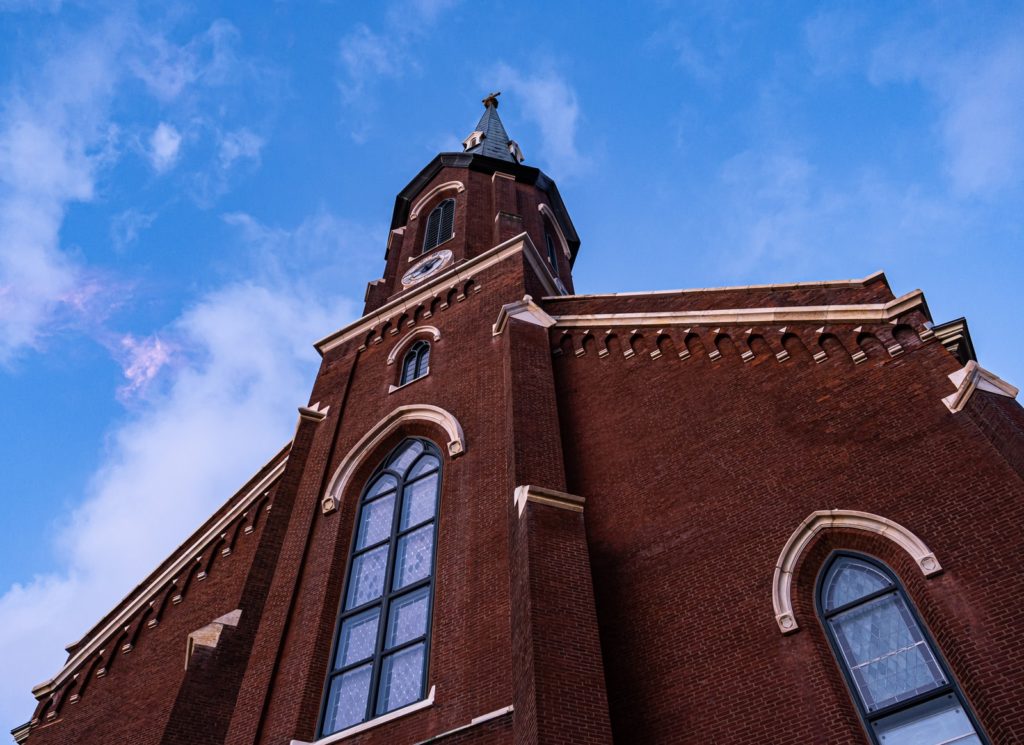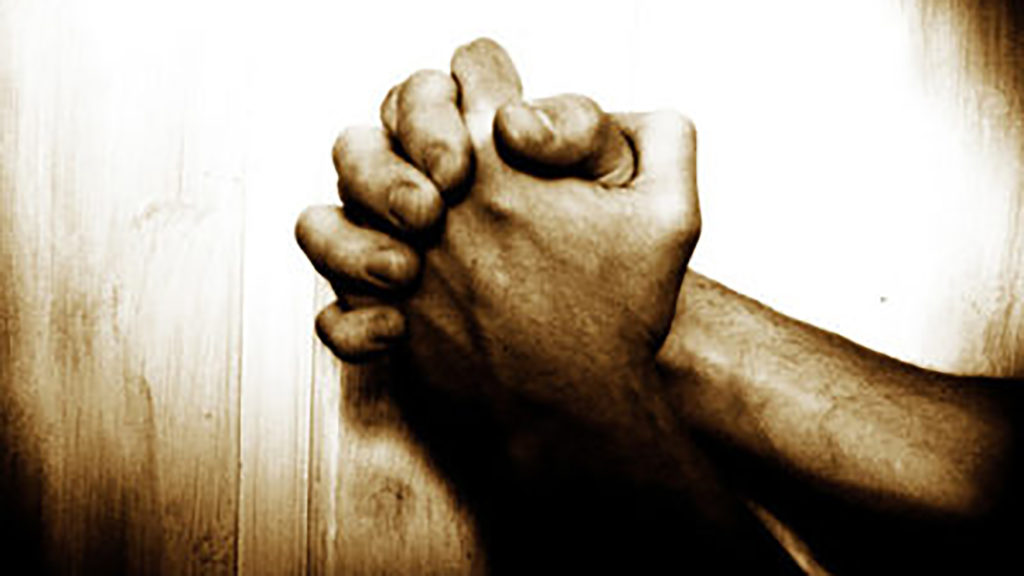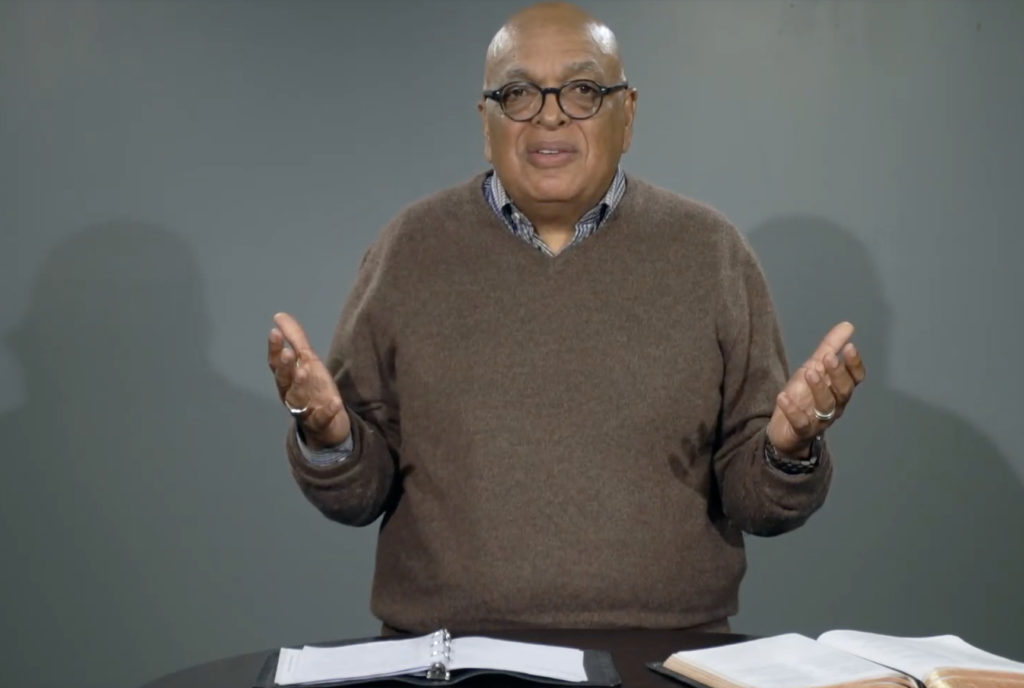The animated figure on the computer screen moves carefully among the wounded, darting from one fallen figure to another. Trailing the combat medics, the uniformed military chaplain kneels and performs “spiritual triage,” assessing who is dead, who is soon to die and who is likely to survive.
For the dead, there is silent prayer; for the gravely wounded and those in pain, there are words of comfort. Checking dog tags to determine the faith of the fallen, the pastor uses language consistent with each faith tradition. At each point in the action, a prompt asks users what they think is the appropriate response, and then offers them feedback on their choices.
Veterans say nothing short of the real thing prepares someone for serving under fire, but a computer simulation company has been awarded a $100,000 development contract by the U.S. Army Research Laboratory’s simulation-technology center in Orlando, Fla., to develop a program designed to help prospective military chaplains.
A prototype, to include a variety of battlefield scenarios and vignettes, is expected to be delivered to the Army by the middle of this year, according to officials at the lab. If accepted by the Department of Defense, it is likely to become part of the curriculum at the chaplain training school at Fort Jackson in Columbia, S.C.
The computer-simulation program is designed primarily for those who will serve in harm’s way in Afghanistan through the promised U.S. pullout in 2014, and in future conflicts. However, developers say the simulation will remain relevant for any terrorist attack or natural disaster involving mass casualties.
Chaplain Jeff Zust, an Army lieutenant colonel and an EMT, was deployed for 15 months in Iraq. Based on that experience, he later served on a team of chaplains, enlisted chaplain’s assistants and technology and training specialists tasked with adapting existing medic triage simulators for chaplains serving in forward operating bases and forward aid stations.
“In combat, unit ministry teams need to know how to respond to physical, mental, emotional and spiritual trauma,” said Zust, 54, a minister in the Evangelical Lutheran Church in America. “This ability comes with experience. However, it raised the question: Can’t some of these skills be trained in a simulation environment when the stakes are not so high?”
By simply changing the uniform on a previously developed medic training simulation, Engineering & Computer Simulations Inc. is working on adapting the program for chaplains. The “serious-game” software will be designed to assist chaplains in navigating a “virtual battlefield” so they can decide how best to minister to those in need, some in the last moments of life.
As a first step, checking the dog tags of the fallen is important, said Zust, who is the training and operations chaplain for First Army at the Rock Island Arsenal in Illinois, because “religious support in trauma begins with honoring the preferences of the soldier.”
Zust has high hopes for the computer program but acknowledges its limitations.
“We shouldn’t confuse simulation trainers as replacements for chaplains or care providers,” he said. “Trauma care and counseling need to be provided in person. There is no substitute for human contact in training.”
Navy Chaplain Josh Sherwin, 31, a rabbi who has deployed three times to Camp Leatherneck in Afghanistan’s Helmand Province, agreed.
“There is no way a classroom environment can prepare you,” he said. “But a simulation that puts you through realistic situations can be highly valuable.”
Serving in two brutal wars, both without defined battle lines and plagued by sudden, explosive acts of violence, it is no surprise that some of those called to minister to those under fire are suffering from physical wounds, profound doubts and post-traumatic stress disorder (PTSD).
Years after returning from Iraq, Roger Benimoff of Grand Prairie, Texas, wrote in Guideposts magazine that he still suffered from PTSD. Serving in combat zones for two tours, the Baptist pastor admitted to questioning where God was.
“Was He at work when men in my regiment were blown apart by roadside bombs? Killed by a grenade — while guarding a hospital?”
In addition to the computer simulation program under development in Orlando, there are other tools available for military chaplains who may be required to serve in combat.
A 2010 documentary, “Chaplains Under Fire,” examines the roles of military clergy in Iraq and Afghanistan and the complexities inherent in their service. The film shows chaplains visiting with soldiers in forward operating bases, watching over them in field hospitals and meeting their flag-draped coffins when they are returned to the United States.
“It’s exhilarating to be in combat,” said Chaplain Bennett Sandford in the film, after escaping an improvised explosive attack unscathed. But before long, after praying over a slain Marine, the Baptist minister said, “the exhilaration went away.”
_____________________________________________
In the line of duty
Below is a list of military chaplains who died while serving in the line of duty.
World War II:
The “Four Chaplains”: Lt. George L. Fox (Methodist); Lt. Alexander D. Goode (Jewish); Lt. John P. Washington (Roman Catholic); and Lt. Clark V. Poling (Reformed Church in America) gave up their life jackets on the deck of the sinking USS Dorchester in the North Atlantic in 1943.
Army Chaplain Lawrence Lynch (Roman Catholic): A member of New York’s “Fighting ’69th,” Lynch was killed while serving Communion under fire to a fatally wounded soldier on Okinawa in 1945, earning a posthumous Silver Star.
Korea:
Army Chaplain Emil Kapaun (Roman Catholic) died in a POW camp in 1951 after ministering to fellow inmates. He was posthumously awarded the Distinguished Service Cross and is a candidate for sainthood.
Vietnam:
Army Maj. Charles Watters (Roman Catholic) was fatally wounded while ministering to fallen comrades under intense fire near Dak To in 1967, actions that earned him the Medal of Honor.
Army Capt. Phillip Nichols was killed by a concealed explosive in 1970.
Iraq:
Army Chaplain Maj. Henry Timothy Vakoc (Roman Catholic) was severely injured in a roadside bomb attack while returning from celebrating Mass with troops in 2004 and died from his wounds in 2009. He was awarded the Purple Heart.
Afghanistan:
Army Chaplain Capt. Dale Goetz (Baptist) was killed en route to visit troops when his convoy came under attack in 2010, becoming the first chaplain to die in combat since 1970.
Army Chaplain’s Assistant Staff Sgt. Christopher Stout was killed in an insurgent attack on his unit in 2010.






Share with others: